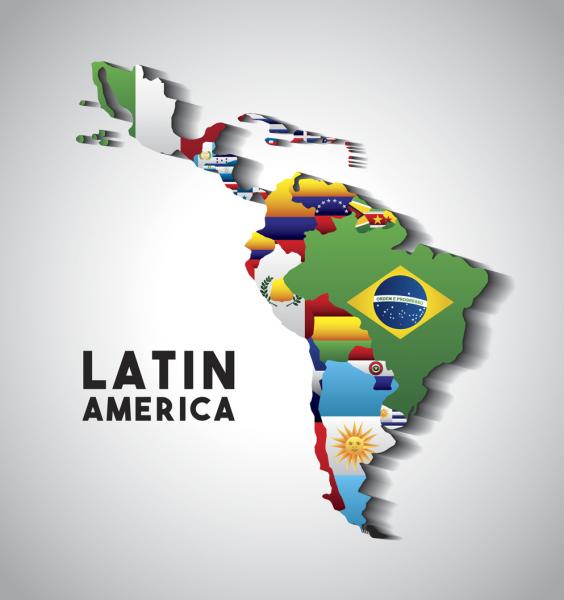RIO DE JANEIRO, BRAZIL – In March, when Covid-19 was claiming victims worldwide, it seemed that Latin America might escape relatively unscathed. Governments in the region chose very different approaches to tackle the pandemic, from strict quarantines in El Salvador and Peru to less severe measures in Brazil and Mexico.
But as early as June, the news could hardly be gloomier for the highly urbanized region of 600 million people: it is undoubtedly the new epicenter of the coronavirus, currently accounting for nearly 40 percent of global daily deaths.
The statistics are daunting: Brazil records more cases than any other country, second only to the US, and some models project that deaths, currently at 25,000, could more than quadruple in the coming months. Mexico has recorded the greatest increase in individual cases and deaths this week, and a health authority said about 30,000 people could die. Peru, Chile and Colombia hit daily records last week.

Latin American countries recorded over 1,900 deaths on Wednesday, a record, representing 37 percent of the world total. Brazil, Peru, Chile and Mexico have reported over 10,000 new cases in the past five days, placing them among the top seven countries in the global ranking over the period.
“Many of the region’s largest cities are still a few weeks away from peaking,” said James Bosworth, author of the weekly Latin America Risk Report. “Hospitals will operate at full capacity for a long time, overloading systems. Even cities and countries that peak should see a plateau several weeks long and a gradual decline rather than a sharp drop in cases”.
What further complicates the assessment of the situation – as in many parts of the world – is the lack of data and the fact that infection and death estimation and modelling rates have often proved unreliable.
Chile, with 18 million inhabitants, has tested more people than Mexico, which has 127 million. The deaths of many people who perished at home untested were not recorded as related to Covid-19. But one way to gauge the virus’ impact is to compare mortality rates with previous years. A report in Mexico City released this week disclosed a death toll four times higher in 2020 than in the past four years.
Several Latin American countries have tried to shut down economies early on, but often with insufficient state aid for the millions who work in the casual economy. And the quarantines were irregular. Open-air markets, where many people buy food, have remained open in some places. For getting government assistance, beneficiaries without bank accounts often have to stand in lines of crowds, spreading the virus even more.
A further concern is that throughout the region, some business activity is being restarted, despite the explosion in cases. Without further government aid and security forces, many countries may not be able to sustain quarantines until the worst of the storm has passed.
Latin America has a sophisticated elite that apparently caused the first contagions when returning from skiing seasons in Colorado and carnival celebrations in Italy.
But it also features a massive low-income class who often live in substandard conditions, without access to good hospitals. This is the segment of the population, some living in tight quarters and without drinking water, that has now been turned into hotbeds of infection.
The nightmare scenario that some feared would happen in Syria or India seems to be materialized in Brazil. This week, the number of daily deaths in the country has passed the USA, the global epicenter. At this rate, it should exceed Spain and France’s death toll in a week.
According to a UBS report published on Wednesday, six of Brazil’s 27 states have peaked, while total deaths are increasing in 21 states. There is still no indication of a peak in Mexico, the analysts wrote.

